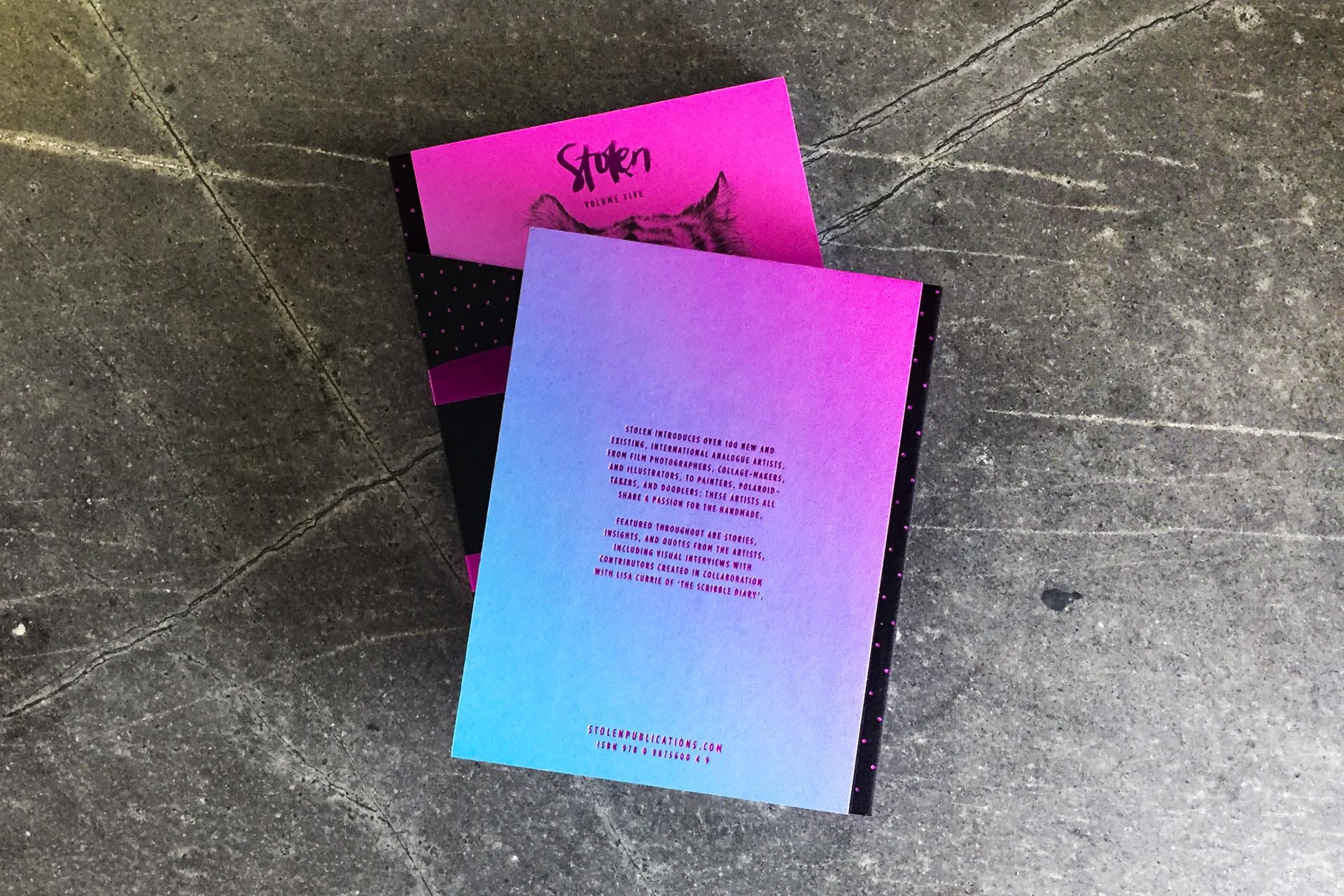How To Read Paintings: Bellini’s San Zaccaria Altarpiece

The decoding of a Venetian masterpiece.
Places like Venice
There are few places like Venice.
With its lagoons and waterways that shimmer under a brilliant Adriatic light, with its buildings and sometimes stinking water (that always makes me think of the pestilence in Thomas Mann’s Death in Venice), the city is a landscape transformed like no other.
There are few places like Venice, and not least because of the art. It’s rare to find these days, but in Venice you can still see paintings that hang in the position for which they were made. The history of Venice lives like so few other cities do.
One such painting is Giovanni Bellini’s San Zaccaria Altarpiece, painted in 1505 when the artist was in his early seventies — Bellini’s exact birth year remains a matter of debate. The Victorian art critic John Ruskin judged the painting one of “the two best pictures in the world.” (The other was the Madonna of the Frari Triptych, also by Bellini.)
What is immediately gripping about the San Zaccaria Altarpiece is the elegant sense of space Bellini has created. The illusion is of an architectural apse, a small chapel space with columns on either side and capped by a dome covered in mosaics. The Virgin Mary is sat on the throne in the center, surrounded by saints. See how the white marble of the throne, along with Mary’s white shawl, and above all, the luminosity of the Christ Child, makes the middle of the painting bloom.
Also, just look at the way Bellini has angled the light so it flows across the scene from left to right, thereby allowing a soft shadow to fall behind Christ to his right, setting him forward and emphasizing his outline. It is easy to overlook these details, but they make all the difference.
Behind the throne, the architectural recess is modeled in three-dimensions and glows soft yellow-ocher, allowing the rest of the scene to occupy a plane that is set-forward, almost crossing over into our real-world space. It is a triumph of the painting that none of these effects look forced. The blend of colors — the reds, golds, blues and greens of the robes, and the subtle whites of the architecture — give the whole work a finely-spun richness. It is in the subtly of this richness that Bellini’s originality lies.


Unlike pop-culture’s current obsession with bleak, heavy drama (Game Of Thrones, Breaking Bad, we’re talking to you)
Unlike pop-culture’s current obsession with bleak, heavy drama (Game Of Thrones, Breaking Bad, we’re talking to you)
Unlike pop-culture’s current obsession with bleak, heavy drama (Game Of Thrones, Breaking Bad, we’re talking to you)